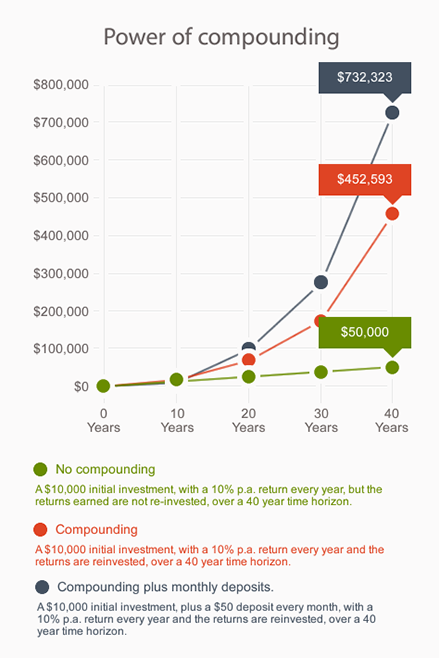1. Everyone should have an investment plan.
This should consist of
1. Criteria for adding an investment to your watchlist.
2. Entry criteria.
3. Exit criteria.
4. Routines – specifically scheduled routines e.g., I’m going to invest in a broad based ETF (like VTI) once a week on Tuesdays at noon.
Exit criteria is probably more important for stocks than entry criteria.
2. Yahoo finance.
I like Yahoo finance for managing my portfolios. They’ll send a weekly email with the % your portfolio has increased or decreased in the last week as the subject line. They also put the biggest mover in your portfolio in the subject line. Great info without even needing to open the email.
3. If you’re self employed in the US, fully fund your Roth IRA.
This is a no brainer. The big advantage of a ROTH IRA is that you can take your contributions out at any time with no penalty. You only can’t withdraw the profits.
If you keep $25,000 in cash in your Bank of America checking you can get 30 free trades a month through Merrill Edge. This is more than sufficient for me.
Otherwise, you want want to just buy commission free ETFs. Pick the brokerage that offers the ETFs you want on a commission free basis. TD Ameritrade has a pretty good selection. This is a bit limiting but better than nothing. You’ll get free trades for 60 days if you open an account and deposit a minimum of $2000, so you could buy some additional stocks that you plan to just hold, during that period.
4. Don’t think your 30s is too late.
In your early 30s, you still should have 40 years of investing.
Check out this chart from Milford Asset which shows the power of a $10,000 start point, 10% p.a. returns after tax, and an additional contribution of only $50 a month.
10% p.a. after tax is hard to achieve unless you’re using a ROTH IRA where there is no tax. This makes the scenario shown in the chart to be somewhat achievable if you can slightly outperform the overall market (which averages around an 8% p.a. return over long periods).
5. Don’t be scared of mistakes.
You will undoubtedly make a few mistakes in investing. This happens to even the most experienced and capable professional investors. Start small with your stock market investing so that mistakes don’t matter.
Never risk more than 1% of your money on a single stock. You can use stop-loss orders to achieve this. What you would lose if the stop loss order was triggered shouldn’t be more than 1% of your money.
A general rule is that you could put a stop loss in around 3% lower than the stock’s most recent level of support. The support level is where a stock has bounced back from a low. It indicates where people start to view the stock as cheap and come in and buy when the price goes down. You can see the support level if you eyeball a chart of the stock, which you can easily do online.
Disclaimer: I am not a financial advisor. These are just my opinions.
